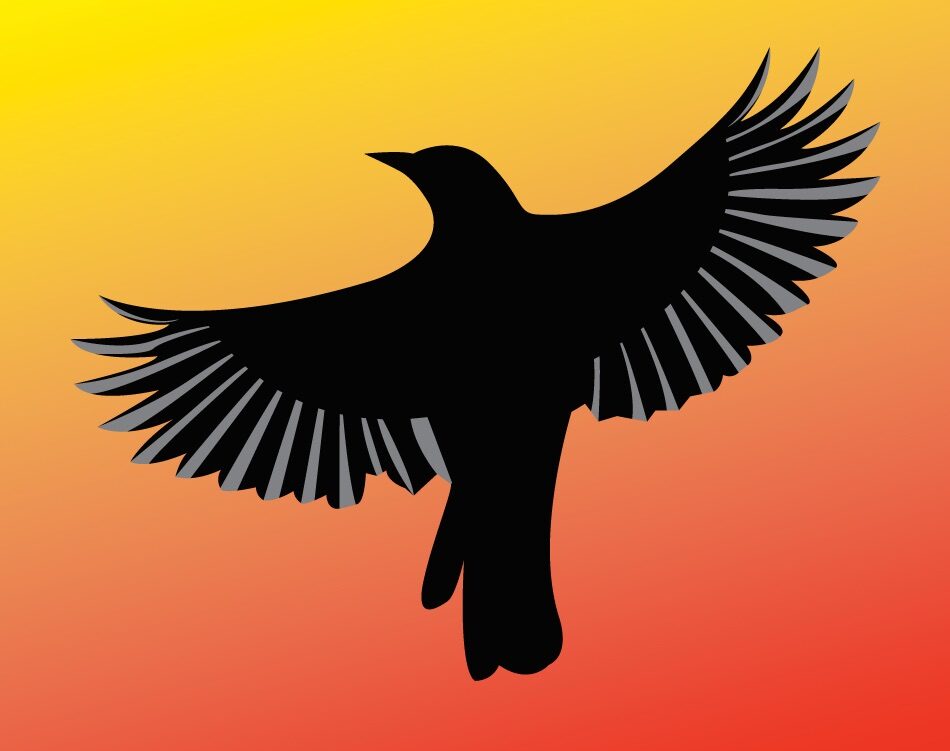Interview: Annie Reed on “Chance of Bunnies and Occasional Toad”
“Chance of Bunnies and Occasional Toad” is in Innocence and Deceit, the second volume in the Ever After Fairy Tales anthology series. Enter the magical, unpredictable, wonderful world of fairy tales! Meet Annie Reed Dean Wesley Smith says Annie is considered to be one of the best short story writers coming into fiction in the…
